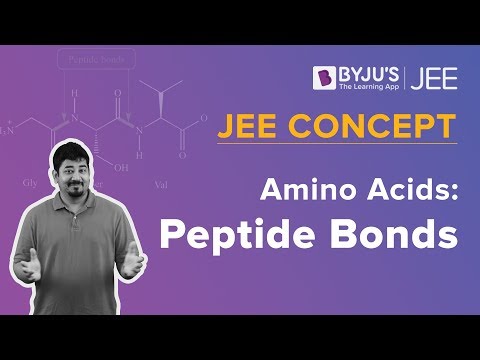What is Proline?
Proline, which is also known as L-proline, is a non-essential amino acid that exists in the form of crystals which are transparent in nature.
Proline melting point lies in the range of 478-501K but is decomposed during its melting process. Since it belongs to non-essential amino acids, it can be synthesized by the body by the breakdown of L-glutamate and different biosynthesis processes. CCU, CCG, CCA, and CCC are the codons of proline.
Recommended Videos

Proline Structure
The molecular formula of proline is C5H9NO2 and molecular mass being 115.13 g mol-1.
The IUPAC name of proline is Pyrolidine-2-carboxylic acid; therefore, it is the secondary amino group known as imino group which belongs to a five-member ring in a molecule.

Proline Structure
Since a proline molecule has no alpha hydrogen, it cannot form any hydrogen bonds to stabilize the secondary structures of proteins and cannot exist in the secondary structures like the alpha-helix and beta-sheet form of proteins, and it acts as hydrogen acceptors.

Proline 3D ball Structure
Generally, it is found as the first residue of an alpha helix towards the edge strands of beta sheets and in turns, therefore amino acid molecules are normally exposed by solvent molecules. The secondary structure of collagen protein contains a polyproline helix which is further stabilized by hydroxylation under the presence of prolyl hydroxylase and other additions of electrons along withdrawing groups such as fluorine.
Another structural feature of proline is cis-trans configurations which are exclusively shown by proline is cis-trans configurations only shown by proline and play a significant role in the folding of proteins. The most peptide bonds adopt the trans-isomer due to less steric hindrance between amide hydrogen compared to cis-isomer. The cis-trans proline isomerization is a slow process and can impede the progress of protein folding by trapping one or more proline residues that are necessary for folding in non-native isomer.

Proline Structure
Applications of Proline
Proline has its major application in blood pressure maintenance, collagen formation, arteriosclerosis prevention and tissue repair.
Proline amino acids act as a precursor of glutamic acid which is involved in the formation of some important compounds such as gamma-aminobutyric acid, glutamine, and glutathione. Proline can also convert to hydroxyproline which has been incorporated into a protein molecule and acts as a critical component of the collagen, involved in the treatment of the damage and essential for the joints and vertebra.

Comments